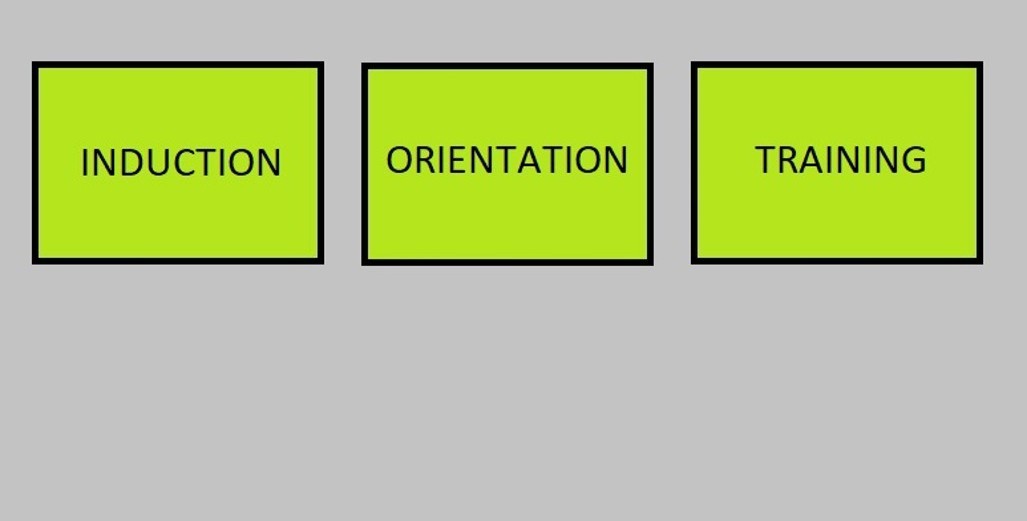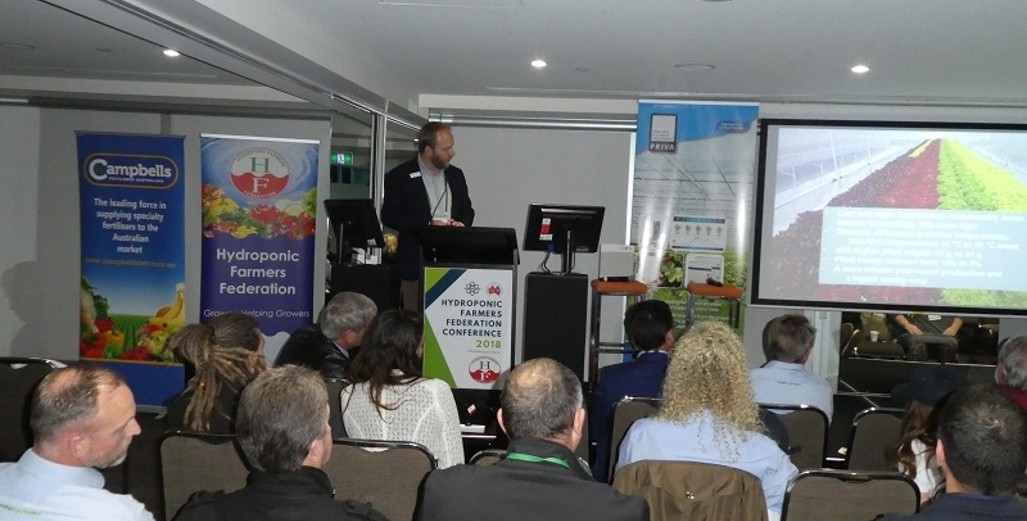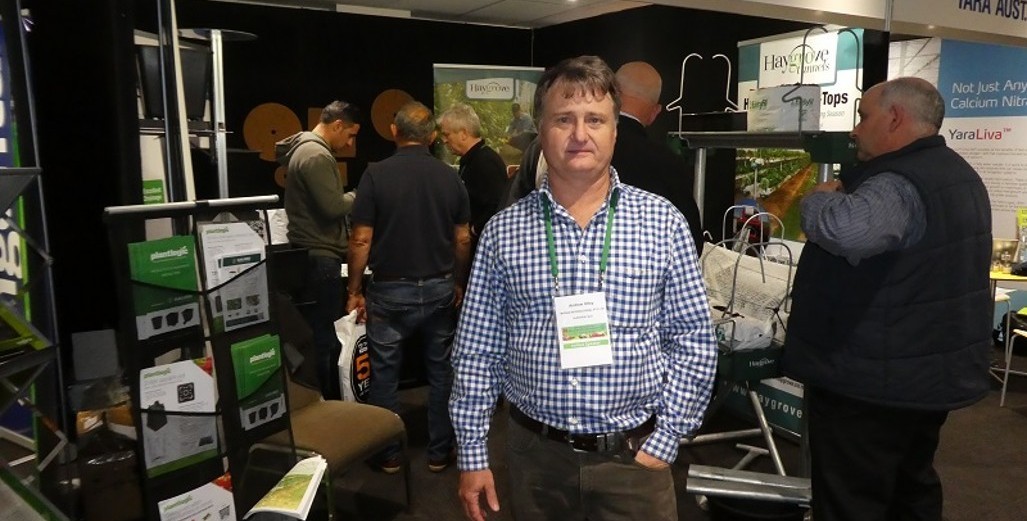During the NZ Horticulture Conference in Christchurch last week it was intriguing to listen to the panel discussing the potential possibilities and products for a post pesticide age, the opinion and thoughts of all four speakers on the panel was informative and based on sound findings. Each panel member discussed a different alternative in great detail and how it could contribute to the reduction of pesticide use.
The four panel members were:
Alison Stewart, Foundation for Arable Research
Dr Charles ‘Merf’ Merfield, BHU Future Farming Centre
Dr Steve Wratten, Lincoln University
Robbie McCormick, Mr Apple
Dr Steve Wratten, from Lincoln University, talked about the need to keep researching “good insects” and the need to create a favourable environment for them to thrive. One example Dr Wratten discussed was the use of buckwheat as a supplement for Tamarixia. The nectar from buckwheat will allow the Tamarixia up to 43 days to survive and do its job, without the nectar the Tamarixia will only work for up to 3 days. Tamarixia have been released into a greenhouse in NZ as a trial, ( Tamarixia is not yet commercially available for growers to release but Plant and Food are working on breeding it for wider release, beyond experimental work). information like this is so important for the Tamarixia to be a success for greenhouse growers wanting to control Psyllid populations.
Another important piece of work Dr Wratten has been involved in, which could help NZ greenhouse growers, is a programme releasing Green Lacewing, a whitefly predator, into greenhouses to determine how effective it will be controlling greenhouse whitefly. It is an introduced species to NZ.
Chcik out this photo of a Green Lacewing: http://www.terrain.net.nz/uploads/images/Te Henui/Faunatwo/Cryptoscenea australiensis1.jpg
Dr Charles Murfield’s alternative was the use of physical management to control Psyllid, by using a mesh to cover potato crops and create a physical barrier to prevent contact with the crop. Dr Murfield also carried out a study using UV lights in a small netted greenhouse to attract psyllids to sticky traps. The results were very conclusive and showed how this technique proved excellent for trapping psyllids. Unfortunately, for greenhouse growers, not many have netted greenhouses and the use of UV lights to trap psyllids could be counterproductive and potentially attract more psyllids and moths into the greenhouse. Insect screened greenhouses are a great option and I believe using nets is an option and possibly the best defence from pests.
Robbie McCormick from Mr Apple, showed the audience a video of his company using Sterile Insect Treatment in the Hawkes Bay to reduce (almost eliminate) Coddling Moth. By releasing sterile Coddling Moths there had been a 98%+ reduction in the detection of coddling moth in the orchid, truly fascinating. As Alasdair McLeod summed up, “moths with condoms”. There was no mention of anything like this being available for greenhouse pests but wouldn’t that be nice.
For me the most interesting presentation was given by Alison Stewart, Foundation for Arable Research. Alison’s talk on Bio-pesticides was very educational. The two main categories that were discussed were:
A, Microbials; Fungi, Bacteria, Viruses and Protozoa
B, Bio-chemicals: Plant Extracts, Pheromones, Soaps, and Fatty Acids
These are then broken down and developed into four sub categories;
- Bio-fungicides
- Bio-nematicides
- Bio-insecticides
- Bio-herbicides
Bio-fungicides and bio-insecticides are familiar to most NZ growers, there are only a handful of bio-nematicides which I am not familiar with and I don’t know any bio-herbicides. What is of interest is the amount of global Bio-pesticides available worldwide and what we have available in NZ. In the United States there are over 350 registered Bio-pesticides compared to the handful of Bio-fungicides and Bio-insecticides available here. The message I have taken away is we could be doing a lot more research on already developed Bio-pesticides and finding ways to apply them to our circumstances. As in other areas of our industry we are lagging behind the rest of the world and therefore still rely too much on old fashioned synthetic chemicals.
In conclusion, the panel made up of four highly educated people all believe that we have other ways and means to control pests and diseases and that we actually don’t need to have total reliance on traditional chemicals. Chemicals are still hugely important and necessary. Looking to the future, new developments of bio-pesticides will hopefully be all growers need, and reliance on traditional pesticides will be a thing of the past.
I appreciate your comments. Please feel free to comment below or on the grower2grower Facebook page:
https://www.facebook.com/StefanGrower2grower/
Article Written by Stefan Vogrincic, Consultant, Grower2Grower



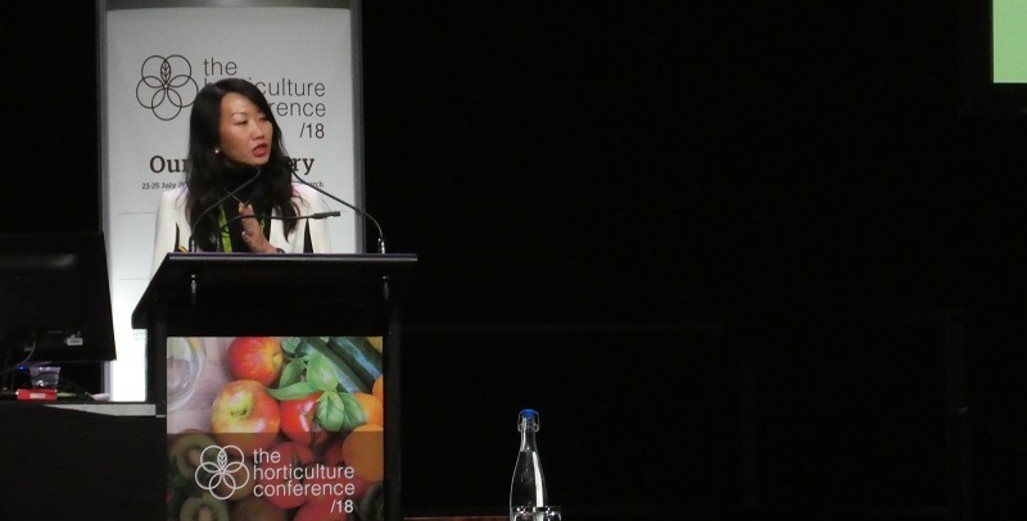
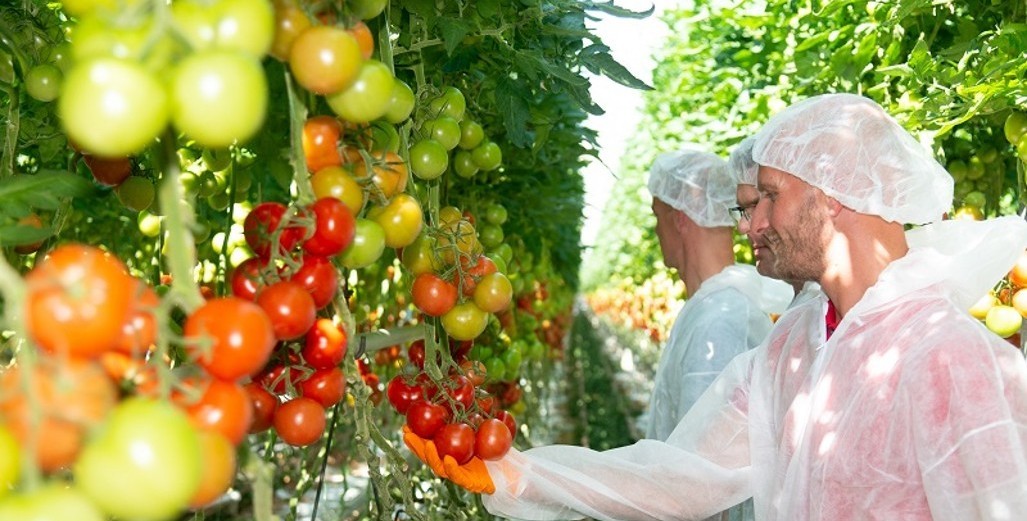



.jpg)




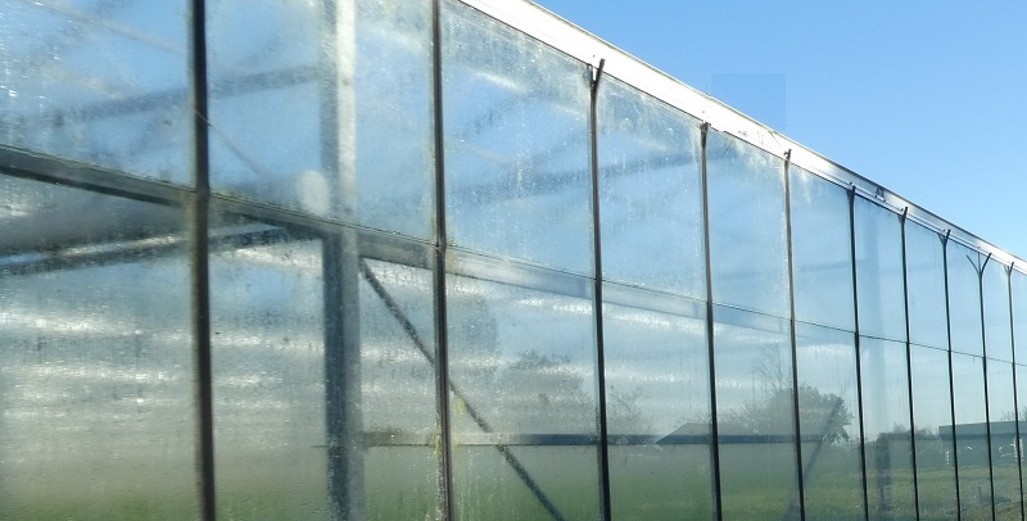

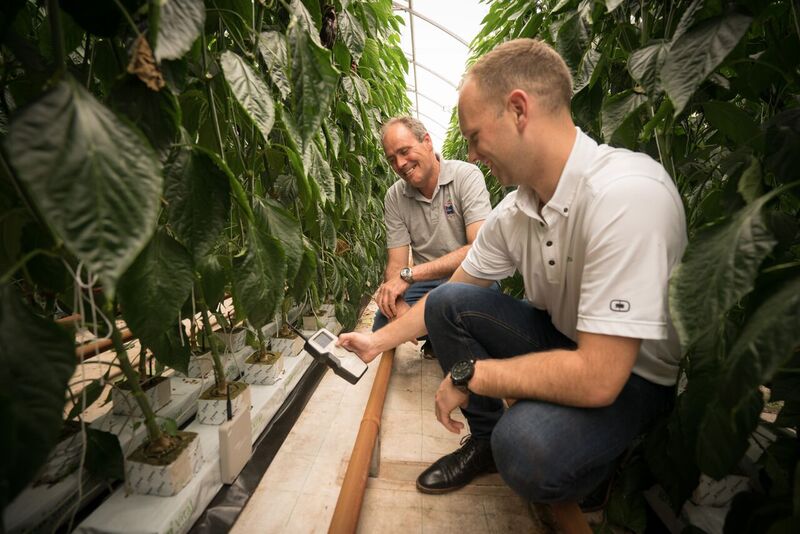
.jpg)

